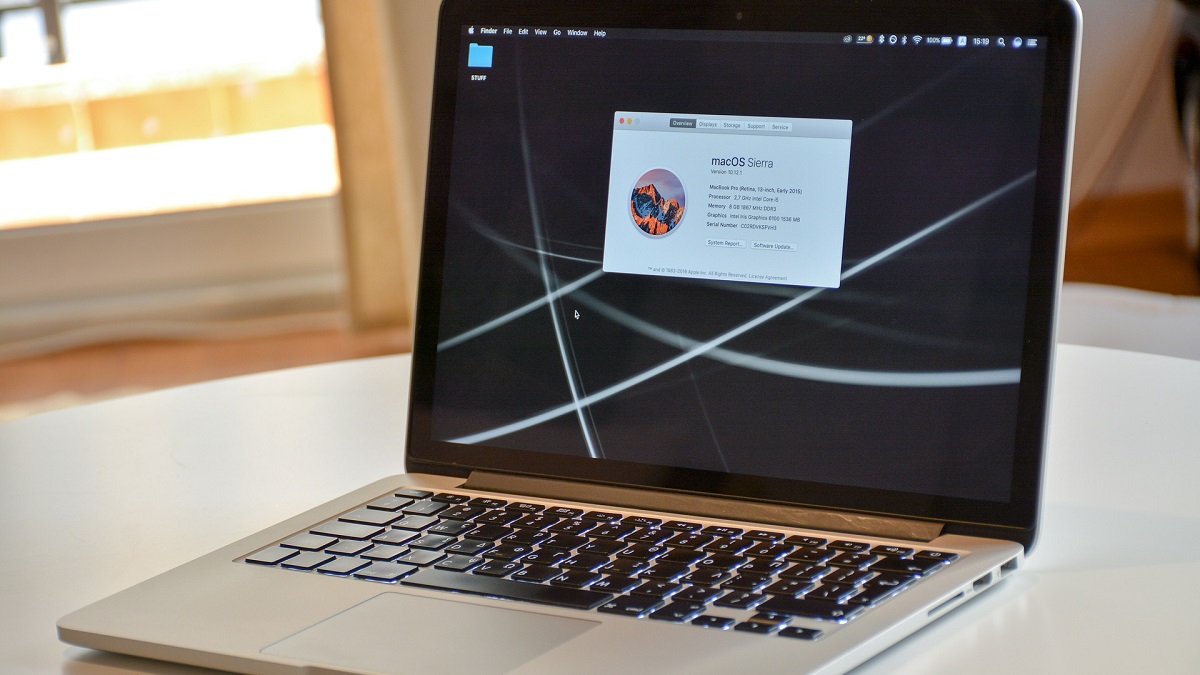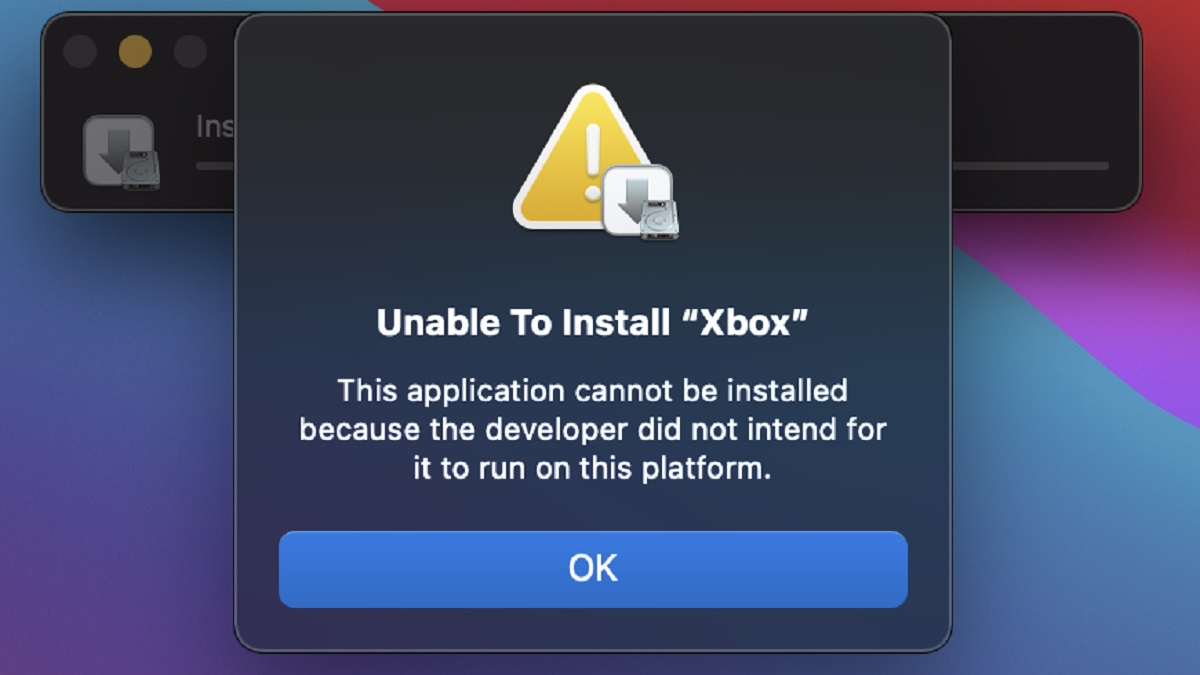
Apple has officially ended the ability to sideload iPhone and iPad apps on Apple M1 Mac PCs. Users cannot circumvent the restrictions as Apple has made the changes at its own end.
After issuing an advisory a couple of weeks earlier, Apple has finally destroyed the ability to sideload apps, originally meant for iPhone and iPads, on Apple Mac computers. Until recently, Mac users were relying on apps such as iMazing to sideload unsupported applications from iPhone or iPad to Mac.
Apple Mac PCs with M1 chipsets cannot sideload iOS apps on their devices anymore:
There have been persistent rumors about Apple blocking users from sideloading iPhone and iPad applications to their M1 Macs. It seems Apple has officially flipped the server-side switch to implement this change.
As originally thought, Apple is now starting to block sideloading of iOS apps on Apple Silicon Mac devices.
Any apps you try to sideload may fail to install or launch.
Any apps already installed may still work, but Apple may disable this in the near future.
— iOS apps on Silicon (@OnSilicon) January 16, 2021
This essentially means users with Apple Mac PCs, particularly with the ARM-based Apple M1 System on a Chip (SoC) cannot use an app such as iMazing to sideload unsupported applications from their iPhone or iPad to their M1 Mac.
Apple is blocking Apple Silicon Mac users from sideloading iPhone apps – The Verge https://t.co/2n5VvR98Qd
— Leonard Lloyd (@LLLloyd1) January 16, 2021
The change applies to Apple M1 Macs running macOS Big Sur 11.1 as well as the developer or public beta of macOS Big Sur 11.2. Attempting to sideload apps on an M1 Mac running macOS 11.1 results in a generic error message. It reads: “Unable to Install [App Name]” and is accompanied by a suggestion that asks users to “Please try again later.”

Attempting to install or sideload an iPhone or iPad app on an Apple M1 Mac running macOS 11.2 beta throws a very specific message that reads: “Unable to install [App Name].” And adds, “This application cannot be installed because the developer did not intend for it to run on this platform.”
Interestingly, users who have managed to install the applications on a previous occasion are safe, for now. In other words, users who have already sideloaded an application from their iPhone or iPad to their Apple M1 Mac, are able to run them properly.
Apple has made the relevant changes at the server-side to block iOS app sideloading:
According to users who have encountered the error, the change only affects new application installations. Apparently, Apple has made the change at the backend. More specifically, the company has altered the App Store system that delivers the actual ‘.IPA’ file.
It is all part of Apple’s APIs that manage the DRM (Digital Rights Management) protections of the operating system. For this very reason, users who had previously downloaded an ‘.IPA’ file, can still use the iPhone or iPad app on their new Mac PC.
Technically, Apple Mac PCs with M1 chipsets allow users to run iOS and iPad applications. However, developers can opt-out of allowing their apps to be installed on the Mac.
Apple begins blocking M1 Mac users from side loading iPhone and iPad applications https://t.co/23a0jLGKxI by @ChanceHMiller
— 9to5Mac.com (@9to5mac) January 15, 2021
Needless to mention, it appears the majority of developers have opted out. They seem to have made the necessary changes in App Store Connect to remove their app from the Mac App Store.
Although developers, and not Apple, seem to have made the choice, Apple M1 Mac users could still manually install iOS apps like Netflix, Instagram, and Facebook. Users merely needed to obtain the respective IPA files under a valid Apple ID. Apps such as iMazing completed the installation process.
Starting today, Apple M1 Mac users can only download and use apps on their devices if they are available on the Mac App Store. And since Apple has made the relevant changes at the server-side, the chances of a workaround are really slim.


